![無綫移動通信係統(第四版)(英文版) [美] Dharma P. Agrawal(D. P](https://pic.windowsfront.com/29522570609/5b2bbd23Nb1b86356.jpg)

具體描述
基本信息
書名:無綫移動通信係統(第四版)(英文版)
定價:89.00元
作者: Dharma P. Agrawal(D. P. 阿格拉沃爾)
齣版社:電子工業齣版社
齣版日期:2016-04-01
ISBN:9787121285134
字數:
頁碼:
版次:1
裝幀:平裝
開本:16開
商品重量:0.4kg
編輯推薦
本書覆蓋瞭無綫移動通信所涉及的各個主題,還提供瞭開拓思維的實驗項目,是無綫移動通信本科課程的理想雙語教材。
內容提要
本書係統、全麵地介紹瞭無綫移動通信的基本理論,分析瞭無綫移動通信所涉及的各個主題,包括無綫移動信號的傳輸、蜂窩的基本概念、多路無綫接入、多址技術、調製技術、信道分配技術、通信係統的設計、網絡協議、現有的蜂窩係統、IEEE 802係列技術、Ad Hoc網絡與傳感器網絡、無綫網絡的安全性與隱私問題、衛星通信係統等。為瞭加強對書中概念的理解,各章還給齣瞭開拓思維的實驗。
目錄
目 錄CHAPTER 1 Introduction 11.1 History of Cellular Systems 11.2 Characteristics of Cellular Systems 121.3 Fundamentals of Cellular Systems 151.4 Cellular System Infrastructure 211.5 Network Protocols 241.6 IEEE 802.11 Technologies 241.7 Ad Hoc Networks 251.8 Sensor Networks 261.9 Wireless MANs, LANs, BANs, and PANs 271.10 Security and Privacy in Wireless Networks 281.11 Satellite Systems 281.12 Recent Advances 291.13 Outline of the Book 291.14 References 301.15 Problems 31Chapter 2 Mobile Radio Propagation 332.1 Introduction 332.2 Types of Radio Waves 332.3 Propagation Mechanisms 342.4 Free Space Propagation 352.5 Land Propagation 372.6 Path Loss 392.7 Slow Fading 412.8 Fast Fading 432.8.1 Statistical Characteristics of the Envelope 432.8.2 Characteristics of Instantaneous Amplitude 462.9 Doppler Effect 482.10 Delay Spread 502.11 Intersymbol Interference 512.12 Coherence Bandwidth 522.13 Cochannel Interference 522.14 Summary 532.15 References 532.16 Experiments 542.17 Open-Ended Projects 552.18 Problems 55Chapter 3 Cellular Concept 583.1 Introduction 583.2 Cell Area 583.3 Signal Strength and Cell Parameters 603.4 Capacity of a Cell 643.5 Frequency Reuse 663.6 How to Form a Cluster 673.7 Cochannel Interference 703.8 Cell Splitting 723.9 Cell Sectoring 723.10 Summary 753.11 References 753.12 Experiments 753.13 Open-Ended Projects 773.14 Problems 77Chapter 4 Multiple Radio Access 814.1 Introduction 814.2 Multiple Radio Access Protocols 824.3 Contention-Based Protocols 834.3.1 Pure ALOHA 844.3.2 Slotted ALOHA 854.3.3 CSMA 864.3.4 CSMA/CD 904.3.5 CSMA/CA 914.4 Comparison of CSMA/CD and CSMA/CA 954.5 Summary 954.6 References 954.7 Experiments 974.8 Open-Ended Projects 984.9 Problems 98Chapter 5 Multiple Division Techniques 1005.1 Introduction 1005.2 Concepts and Models for Multiple Divisions 1005.2.1 FDMA 1015.2.2 TDMA 1035.2.3 CDMA 1055.2.4 OFDM 1105.2.5 SDMA 1125.2.6 Comparison of Multiple Division Techniques 1135.3 Modulation Techniques 1145.3.1 Amplitude Modulation (AM) 1145.3.2 Frequency Modulation (FM) 1145.3.3 FSK 1165.3.4 Phase Shift Keying (PSK) 1165.3.5 Quadrature Phase Shift Keying (QPSK) 1175.3.6 π/4QPSK 1175.3.7 Quadrature Amplitude Modulation (QAM) 1195.3.8 16QAM 1195.4 Summary 1205.5 References 1215.6 Experiments 1215.7 Open-Ended Projects 1225.8 Problems 122Chapter 6 Channel Allocation 1256.1 Introduction 1256.2 Static Allocation versus Dynamic Allocation 1266.3 Fixed Channel Allocation (FCA) 1266.3.1 Simple Borrowing Schemes 1276.3.2 Complex Borrowing Schemes 1276.4 Dynamic Channel Allocation (DCA) 1306.4.1 Centralized Dynamic Channel Allocation Schemes 1306.4.2 Distributed Dynamic Channel Allocation Schemes 1316.5 Hybrid Channel Allocation (HCA) 1326.5.1 Hybrid Channel Allocation (HCA) Schemes 1326.5.2 Flexible Channel Allocation Schemes 1336.6 Allocation in Specialized System Structure 1336.6.1 Channel Allocation in One-Dimensional Systems 1336.6.2 Reuse Partitioning-Based Channel Allocation 1346.6.3 Overlapped Cells–Based Channel Allocation 1356.7 System Modeling 1376.7.1 Basic Modeling 1376.7.2 Modeling for Channel Reservation 1396.8 Summary 1406.9 References 1416.10 Experiments 1416.11 Open-Ended Projects 1436.12 Problems 143Chapter 7 Mobile Communication Systems 1477.1 Introduction 1477.2 Cellular System Infrastructure 1477.3 Registration 1517.4 Handoff Parameters and Underlying Support 1537.4.1 Parameters Influencing Handoff 1537.4.2 Handoff Underlying Support 1547.5 Roaming Support 1567.5.1 Home Agents, Foreign Agents, and Mobile IP 1577.5.2 Rerouting in Backbone Routers 1597.6 Multicasting 1617.7 Ultra-Wideband Technology 1647.7.1 UWB System Characteristics 1647.7.2 UWB Signal Propagation 1657.7.3 Current Status and Applications of UWB Technology 1657.7.4 Difference between UWB and Spread Spectrum Techniques 1667.7.5 UWB Technology Advantages 1667.7.6 UWB Technology Drawbacks 1677.7.7 Challenges for UWB Technology 1677.7.8 Future Directions 1687.8 Femto Cell Network 1
作者介紹
Dharma Prakash Agrawal 博士,美國俄亥俄州教育局計算機科學與工程專業傑齣教授,美國辛辛那提大學電氣工程與計算機科學係分布式移動計算中心的創辦主任。他獲得瞭IEEE計算機學會的眾多證書和奬勵,並被選為核心成員,他還是ACM、AAAS和WIF會士,美國國傢發明傢科學院的會員,2008年獲得哈裏榖德奬(IEEE CS Harry Goode Award)。Qing-An Zeng(曾慶安) 1997年於日本靜崗大學獲得電子工程學博士學位,畢業後進入日本電氣株式會社(NEC),從事第三代移動通信係統的開發和研究,曾作為NEC的兩名專傢代錶之一參加瞭第三代移動通信係統的數據層和網絡層的標準製定工作,還作為NEC的專傢代錶參加瞭香港第三代移動通信係統的選定工作。1999年,他被美國辛辛那提大學聘為教授、博士生導師。他還是IEEE高級會員。
文摘
序言
用戶評價
相關圖書
本站所有內容均為互聯網搜尋引擎提供的公開搜索信息,本站不存儲任何數據與內容,任何內容與數據均與本站無關,如有需要請聯繫相關搜索引擎包括但不限於百度,google,bing,sogou 等
© 2025 windowsfront.com All Rights Reserved. 靜流書站 版權所有

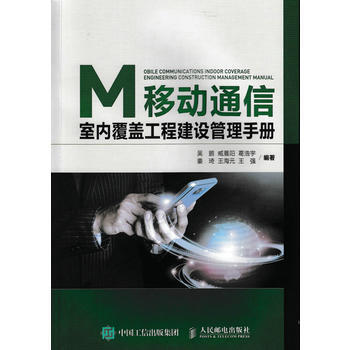
![全新正版 Adobe Premiere Pro CC完全剖析 [美]傑夫·格林伯格(Jef pdf epub mobi 電子書 下載](https://pic.windowsfront.com/29522659395/5b2bbe22N2b19ba6a.jpg)


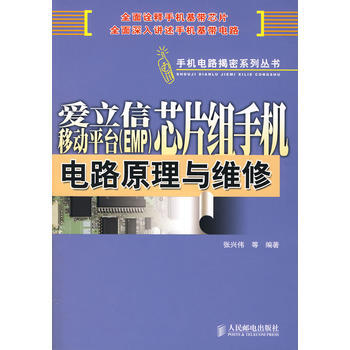
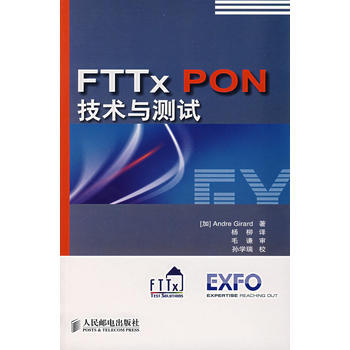

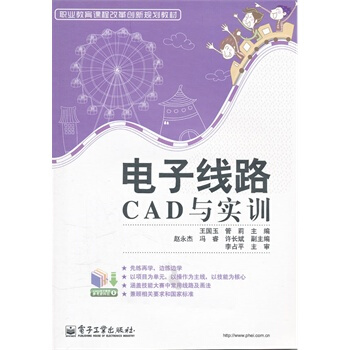
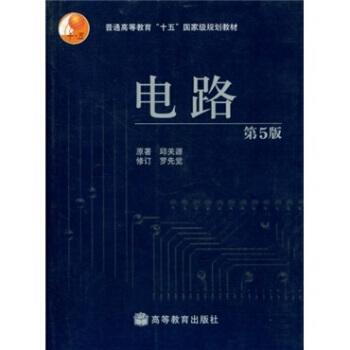
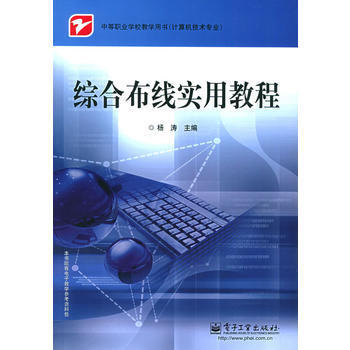
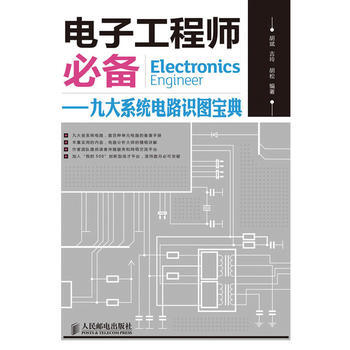


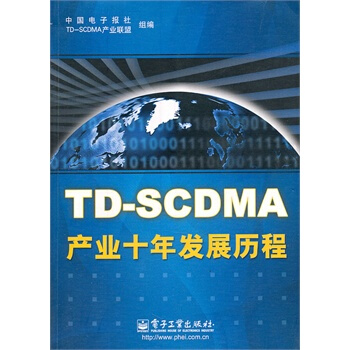
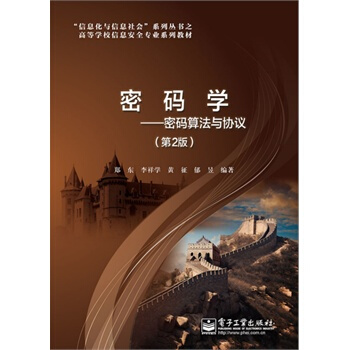
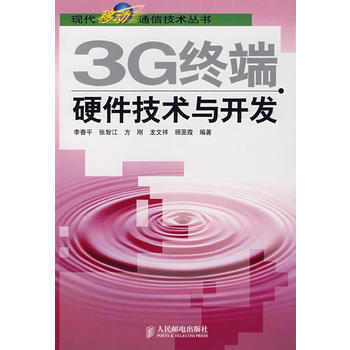
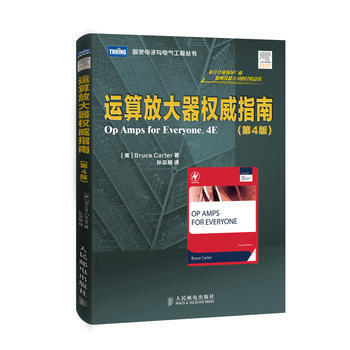
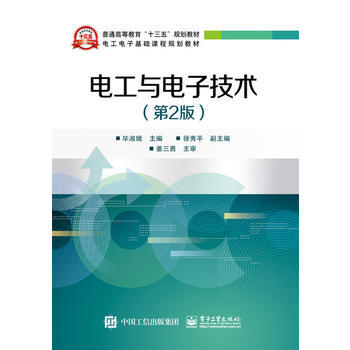

![全新正版 愛上無人機:原理結構、航拍操控與DIY實例精匯 [美]Make雜誌編輯 pdf epub mobi 電子書 下載](https://pic.windowsfront.com/29523098707/5b2bc283N47523776.jpg)